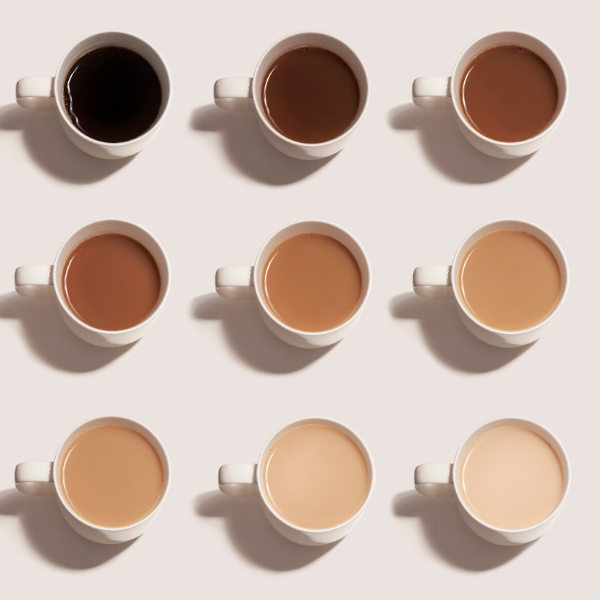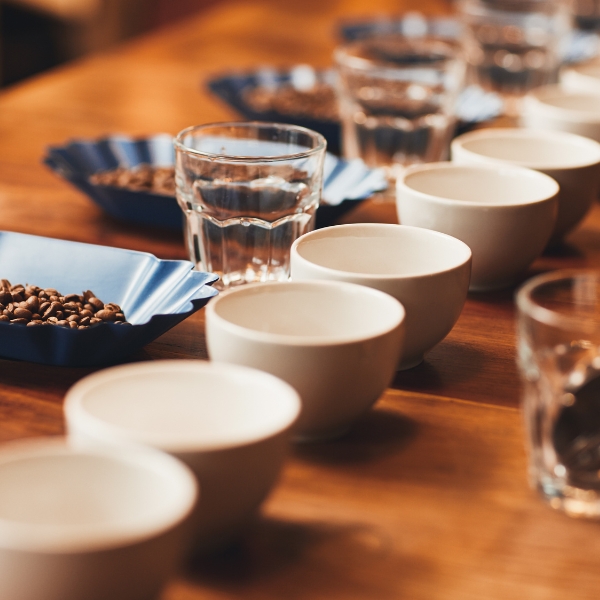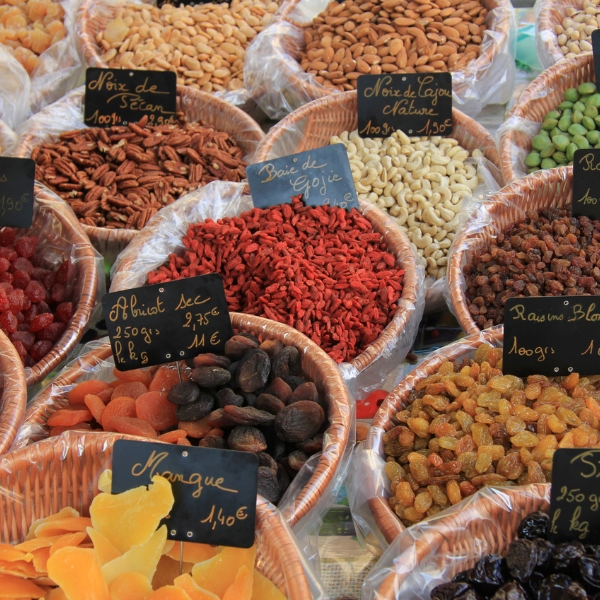Coffee, Conversation, Connection
Whether your team is working together in-office or distributed, bonding over a cup of coffee is an age-old office tradition. Just because you’re not physically in the office doesn’t mean you have to give up this time for connection!

What is a virtual coffee tasting?
An activity once reserved for baristas-in-training or caffeine aficionados, a virtual coffee tasting can be a team activity that helps everyone focus on what’s in front of you. With Teamraderie, you can host a coffee tasting wherever your team is located!
Professionals will sniff freshly roasted beans, slurp from a tasting spoon to aerate the palate, then measure a coffee’s taste, sweetness, acidity, flavor, and aftertaste. Like wine tasting, the pros may use flavors endemic to geographies to discern where the coffee beans originated and how they were roasted. Tasting is about comparing and contrasting. It’s objective, but also personal.
What are the steps of coffee tasting?
Pour over, French press, or Turkish style, any method will do. The most important thing is to have fresh beans and a consistent grind.

How should you describe coffee during a tasting?
Keep your eyes closed, focus on your tongue. Here is what to look for:
Sweetness
Acidity
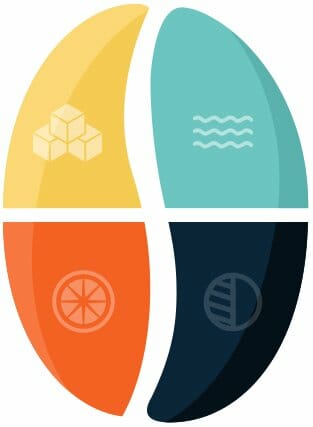
Body
Cleanliness
What happens after you swallow? Harsh coffees can linger, often with one flavor, while cleaner coffees leave your palate feeling neutral. The latter is an aspect of great coffee, and can be directly influenced by roasting.
Where do the ‘tastes’ come from?
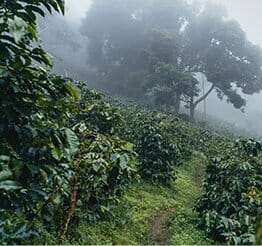
Geography
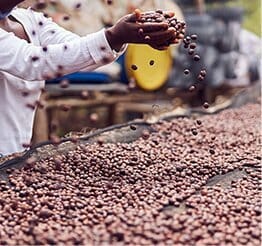
Processing
The process to develop coffee differs by many factors. Planting style, harvest time, and drying the beans are among the many different processes that produce unique flavors.

Variety
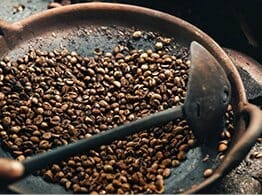
Roasting
Coffee beans held longer or at higher temperatures in roasters will become darker. Darker beans exhibit bittersweet flavors.
How does coffee vary by geography?
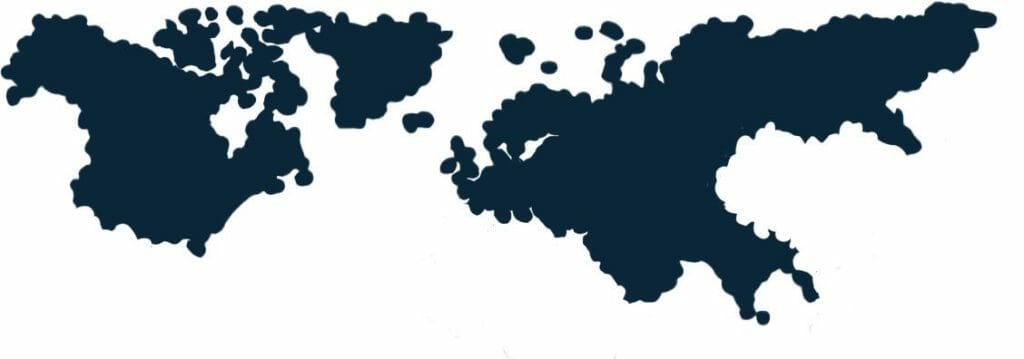
Click a region on the map above to find out more about how coffee vary by geography.
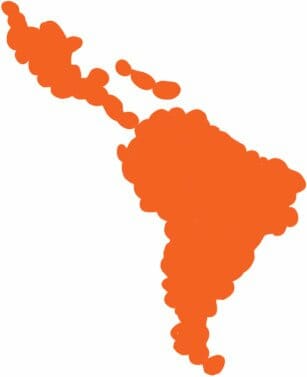
Latin America
The flavor of coffee from Latin America is most often described as “classic” but the third wave has brought awareness to the diverse range of coffee profiles found in this growing region. Take note of the pear-like acidity from Guatemalan coffee, to Costa Rican coffee’s clean body, while Honduras brings black currant flavors and the structured body of Colombian coffee.

Africa
The flavor of coffee from Africa is most often known for its balance of body and acidity, with sweet undertones. The vibrant acidity ranges from sparkling to tart, often with floral aromas. Take note of the floral acidity from Ethiopian coffee, to Kenyan coffee’s full body, while Tanzania brings bold chocolate flavors and the delicate structure of coffee from Burundi.
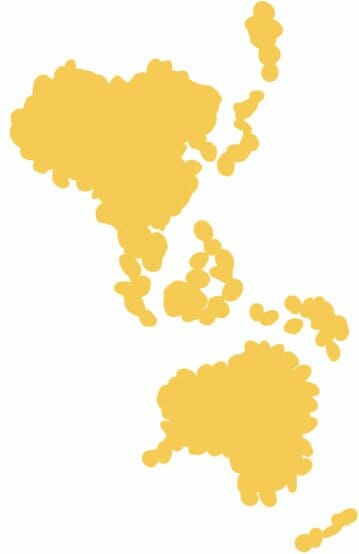
Asia Pacific
The Indonesian, Asian, and Pacific part of the coffee belt is the most diverse section. This area is known to produce strong coffees with smooth flavors and low acidity. Take note of the spice from Indian coffee, to Chinese coffee’s light body, while Vietnam brings earthy/woody flavors and the classic structure of Indonesian coffee.
What is a Teamraderie coffee experience like?
01

Select
Browse our full catalog of experiences, or get a personal recommendation to select an experience.
02

Book
Choose the preferred date and time for a 45-60 minute experience that at a time that works best for your team.
03

Customize
Every experience can be tailored to align with your specific goals, just let us know what you have in mind!
04

Invite
Once you invite all participants, we’ll handle the rest. Our experiences are global-friendly!

